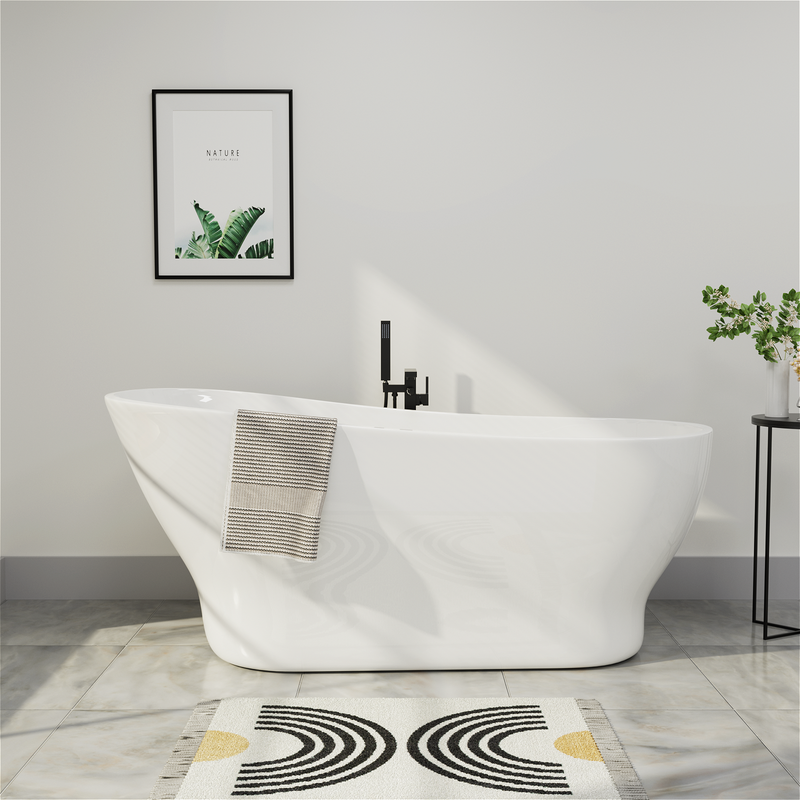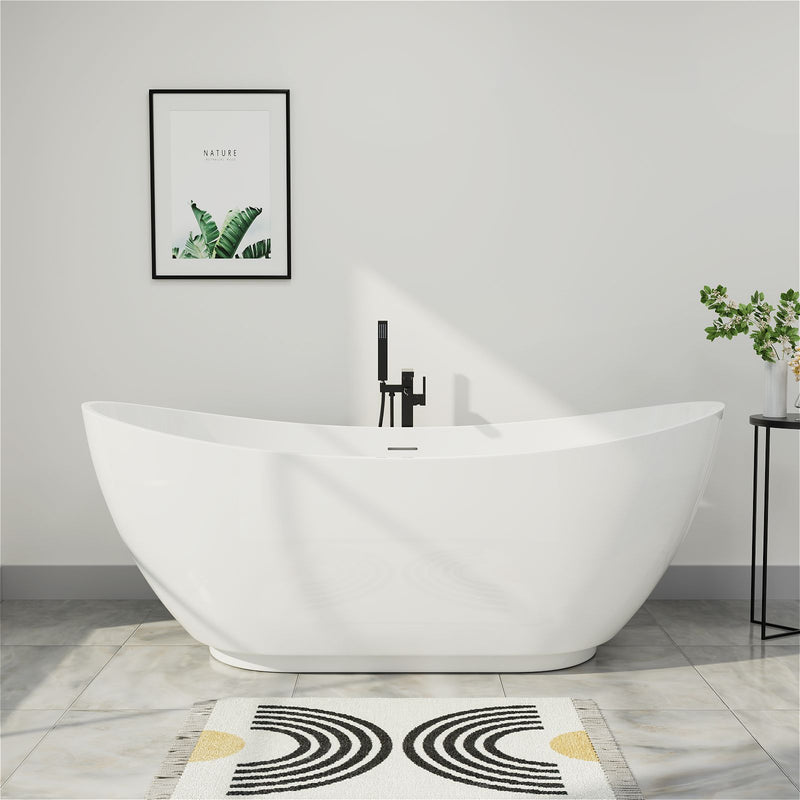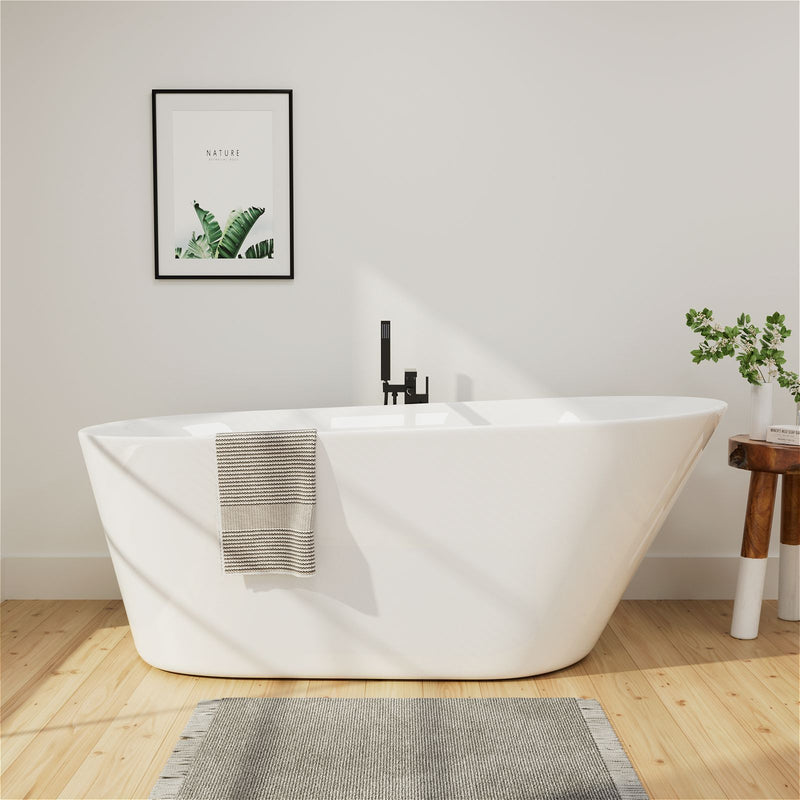A slow-draining shower tray is one of the most common and frustrating household problems. What starts as a minor inconvenience can quickly escalate into standing water, unpleasant odors, and even potential damage to your bathroom if left unaddressed. The constant pooling of water at your feet not only disrupts your shower routine but can also create a breeding ground for bacteria and mold. In many cases, the culprit behind this issue is hidden from view: the P-trap. This U-shaped section of pipe beneath your shower tray is designed to hold a small amount of water, creating a seal that prevents sewer gases from entering your home. However, this same design makes it a perfect catching point for hair, soap scum, and other debris that gradually accumulate over time.

Understanding how to address a slow drain and maintain your P-trap is an essential skill for any homeowner. While it might seem like a job best left to professionals, many drainage issues can be resolved with basic tools and a methodical approach. This comprehensive guide will walk you through the process of diagnosing the problem, implementing effective solutions, and preventing future blockages. Whether you're dealing with a recently sluggish drain or a completely clogged shower tray, the following information will help you restore proper drainage and maintain a hygienic bathroom environment.
Understanding Shower Drainage and the Role of the P-Trap
The drainage system in your shower is relatively straightforward but ingeniously designed. When water flows down the drain, it passes through several components before joining your home's main wastewater line. The most critical of these components is the P-trap, named for its distinctive shape that resembles the letter "P" lying on its side. This curved section of pipe is mandatory in all plumbing systems according to building codes, and for good reason. The water that remains in the lower curve of the P-trap acts as a barrier against sewer gases, preventing them from rising up through the drain and into your living spaces.
Unfortunately, this same design that protects your home from odors also makes the P-trap susceptible to collecting debris. As water flows through the trap, it leaves behind hair, skin particles, soap residue, and sometimes even small objects that accidentally find their way into the drain. Over time, these materials accumulate, gradually reducing the available space for water to pass through. This is why a drainage problem often starts subtly—you might notice the water taking a few extra seconds to disappear—before eventually developing into a complete blockage if not addressed.
Several factors can contribute to drain problems beyond the P-trap itself. The type of pipes in your home (PVC, copper, or galvanized steel), the mineral content of your water, and even the design of your shower tray can all affect drainage performance. For example, homes with hard water often experience more rapid accumulation of mineral deposits inside pipes, which can combine with soap residue to form a hard, concrete-like substance that's particularly challenging to remove.

Identifying the Severity of the Problem
Before attempting any repairs, it's important to assess the severity of your drainage issue. The appropriate solution will depend on how completely blocked your drain has become. For showers that are draining slower than usual but still eventually clear, simple maintenance techniques may suffice. If water remains standing in the shower tray for extended periods or doesn't drain at all, more involved methods will be necessary.
To test the severity of your clog, try this simple method: fill the shower tray with a few inches of water and mark the water level. Wait 15 minutes and check how much, if any, the water level has decreased. If there's no change, you likely have a complete blockage that will require more than just surface-level treatment. If the water drains slowly but eventually disappears, the blockage is likely partial and may respond well to less invasive approaches.
It's also worth considering whether the problem is isolated to your shower or affecting multiple drains in your home. If several fixtures are draining slowly simultaneously, the issue might be deeper in your main sewer line rather than just in the shower's P-trap. In such cases, professional assistance is usually recommended, as addressing main line blockages requires specialized equipment and expertise.
Safe and Effective Methods for Clearing Slow Drains
When faced with a slow-draining shower, many people's first instinct is to reach for chemical drain cleaners. While these products can be effective in some situations, they come with significant drawbacks. Chemical cleaners are often harsh on pipes, particularly older metal plumbing, and can cause environmental harm when they eventually enter the wastewater system. For these reasons, it's generally better to start with mechanical or natural methods before considering chemical options.

One of the simplest and most effective tools for clearing shower drains is a plunger. To use a plunger effectively in a shower, you'll need to ensure a proper seal. If your shower drain has an overflow opening (common in tub-shower combinations), cover this with a wet cloth to prevent air from escaping. Add enough water to the shower tray to cover the rubber head of the plunger, then place the plunger directly over the drain opening. Push down and pull up vigorously several times to create suction that can dislodge the clog. The force created by plunging can often break up hair and soap accumulations that are restricting water flow.
For clogs that resist plunging, a drain snake or auger is often the next best option. These flexible tools can be inserted deep into the drain to physically break up or retrieve blockages. When using a drain snake, insert it slowly into the drain until you feel resistance. Rotate the handle clockwise as you push forward gently—this helps the tip of the snake grab onto the material causing the blockage. Once you feel the snake has engaged the clog, you can either continue rotating to break it up or pull the snake out to remove the material entirely. Be prepared for potentially unpleasant debris when extracting the snake, and have a trash bag ready for disposal.
For those who prefer a natural approach, a combination of baking soda and vinegar can be surprisingly effective for maintenance and mild clogs. Start by pouring half a cup of baking soda directly down the drain, followed immediately by one cup of white vinegar. The chemical reaction between these two common household ingredients creates a fizzing action that can help break down organic material. Allow the mixture to work for at least 30 minutes, then flush the drain with hot water. While this method may not clear severe blockages, it's excellent for regular maintenance and can help prevent future clogs when used monthly.
Accessing and Cleaning the P-Trap
When simpler methods fail to restore proper drainage, the problem likely lies in the P-trap itself. Accessing and cleaning the P-trap requires more effort but is still manageable for most homeowners with basic tools. The first step is to locate the access panel to your shower plumbing. This is typically found on the wall behind the shower or in an adjacent room such as a closet. In some cases, particularly in upstairs bathrooms, you might need to access the plumbing from below through the ceiling.
Once you've located the access point, place a bucket directly beneath the P-trap to catch any water and debris that will be released when you open the pipe. Using adjustable pliers or a pipe wrench, loosen the slip nuts on both ends of the P-trap. You may need to gently twist the trap back and forth while pulling to free it from the pipes. If your plumbing uses glued connections rather than slip nuts, the process becomes more complicated and may require cutting the pipe—in such cases, you might want to consider consulting a professional.
With the P-trap removed, empty its contents into the bucket and use a small brush or your fingers (wearing gloves is highly recommended) to remove any remaining debris. Take this opportunity to inspect the interior of the trap for significant buildup or damage. Once the trap is clean, reinstall it by reversing the removal process, ensuring that the slip nuts are tightened securely but not over-tightened, which could damage the fittings or pipes. Finally, run water through the shower to test for leaks and check that drainage has been restored.
Preventative Maintenance Strategies
The best way to deal with drain problems is to prevent them from occurring in the first place. Implementing a few simple maintenance habits can significantly reduce the frequency of clogs and extend the life of your plumbing system. The most effective preventative measure is installing a quality drain cover or hair catcher. These inexpensive devices trap hair and large debris before they can enter the drain, making them easier to dispose of properly. Look for a drain cover with fine enough mesh to catch even small particles but with sufficient surface area to not overly restrict water flow.

Regular flushing of your drains can also help prevent buildup. Once a week, pour a pot of boiling water down the drain to help dissolve soap residue and wash away accumulating debris. For added cleaning power, follow the boiling water with the baking soda and vinegar method described earlier. This combination helps break down organic material without damaging your pipes.
Be mindful of what goes down your drain. While it's obvious that large objects shouldn't be introduced into the plumbing, many people don't realize that certain seemingly harmless substances can cause problems. For example, some bath oils and heavily creamy hair conditioners can contribute to drain clogs by combining with other materials to form a sticky, difficult-to-remove substance. If you use these products, be extra diligent about your preventative maintenance routine.
In areas with hard water, mineral deposits can accelerate drain blockages. If you notice white scale building up on your showerhead or fixtures, consider installing a water softener system. While this represents a more significant investment, it can protect not only your drains but all your water-using appliances from the damaging effects of mineral buildup.
Frequently Asked Questions
Q: How often should I clean my shower drain?
A: For preventative maintenance, aim to clean your shower drain once a month using natural methods like baking soda and vinegar. If you have multiple household members with long hair or use heavy hair products, you might need to clean it more frequently.
Q: Are chemical drain cleaners safe to use?
A: Chemical drain cleaners should be used sparingly and as a last resort. They can damage older metal pipes and are harmful to the environment. Their effectiveness is often limited against severe clogs, particularly those caused by solid objects or extensive hair accumulations.
Q: What should I do if I cannot locate the access panel to my P-trap?
A: If you cannot find an access panel, it's possible that your shower plumbing was installed without one, which would require cutting into the wall to access the pipes. In this situation, it's advisable to consult a professional plumber to avoid causing unnecessary damage to your walls.
Q: Can a clogged shower drain cause other plumbing problems?
A: Yes, a severely clogged drain can cause water to back up into other fixtures or lead to overflows that damage flooring and subflooring. Addressing drain issues promptly can prevent these more serious complications.
Q: How can I tell if the problem is beyond the P-trap?
A: If you've cleaned the P-trap thoroughly and the drain remains clogged, or if multiple drains in your home are backing up simultaneously, the issue likely lies deeper in your main sewer line. Other signs include gurgling sounds from toilets when water runs down the shower drain or water backing up in unusual places.
When to Call a Professional
While many drain issues can be resolved with DIY methods, there are situations where professional assistance is warranted. If you've attempted the techniques described above without success, it's possible that the blockage is located deeper in your plumbing system than you can reach with standard tools. Professional plumbers have specialized equipment such as powerful augers and video inspection cameras that can identify and address problems deep within your pipes.

You should also consider calling a professional if you notice signs of water damage around your shower area, such as soft spots in the floor, peeling flooring materials, or water stains on ceilings below the bathroom. These could indicate that slow drainage has led to leaks that have damaged the underlying structure of your bathroom.
Additionally, if your home has older plumbing made from galvanized steel or cast iron, it may be more susceptible to damage from DIY efforts. These materials can corrode over time, making them fragile and difficult to work with without causing further damage. A professional plumber can assess the condition of your pipes and recommend the best approach for clearing clogs without causing additional problems.
Conclusion
A slow-draining shower tray is more than just an annoyance—it's a warning sign that your drainage system needs attention. By understanding how your shower drain works and implementing the solutions outlined in this guide, you can effectively address most common drainage problems. Remember to start with the simplest methods first, such as plunging or natural cleaners, before progressing to more involved approaches like cleaning the P-trap.
Regular maintenance is key to preventing severe blockages from developing. Installing a drain guard, performing monthly cleanings with baking soda and vinegar, and being mindful of what goes down your drain can all help keep water flowing freely. When in doubt, or when faced with persistent problems, don't hesitate to contact a professional plumber. Addressing drainage issues promptly will protect your bathroom from water damage, prevent unpleasant odors, and ensure that your shower remains a place of relaxation rather than frustration.





